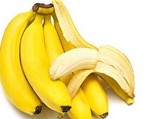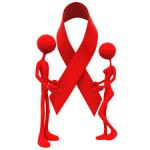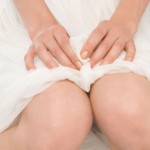When the Rahel on purpose highlighted female modesty in her own functions, Wallach expressed boldness and you can employed dull, intimate vocabulary
Before eighties, lady have been just a tiny fraction among Hebrew publishers
Wallach’s poetry, which combined the spoken idiom with flowery phrasing, was influenced by the feminine tradition, in particular the poet Rahel. She managed to convey her objection to the country’s patriarchal culture in a brief, emotionally loaded poem, whose simple language encapsulates the dissatisfaction of women with Israel’s materialistic society and the marginal role that it accords the woman writer: “And this is not what/will satisfy/my hunger, no/This is not/what will ease/my mind/No/That’s not it.” The female longing for freedom, recklessness, spirituality, as expressed by Rahel in her poem “Be-vo” (When it comes), which opens with the words: “And that’s it? That’s all there is?” is echoed in Wallach’s poem (Rattok 1997). If Kahana-Carmon can be credited with the major prose expressions of that which is unique in women’s literature, Wallach is responsible for the poetic formulations of feminism.
This new signs out of cultural bisexuality one to distinguisheded Israel in the 90s, considering Almog, have been part of the singing message regarding liberation of your nation’s poetry and you may decisions exactly the same
A girly label try forged within work you to definitely offered authentic expression into the intimate experience of women. Its creating was designated by the protest up against the male community and you can a desiring equality regarding spiritual-innovative industries. You will find, obviously, multiple differences when considering the 2-for the character, matter, age bracket. However, every one of them impacted just little editors you to definitely used but their individual co-worker. A central motif regarding work out-of Judith Hendel, such, throughout the 1980s forward, is actually feminist protest, which she was not noted for whenever she first started the lady writing occupation on the 1950s. Dalia Ravikovitch, who was simply over the age of Wallach, was also affected by the fresh new raw and you may criminal outbursts of one’s young poet.
They were situated on the cultural margins and their incorporation into the canon was difficult and complicated. This is something that bears remembering when examining the first eighty years of their writing. Hebrew women’s literature was at one and the same time both part of Israeli writing chicas escort Norfolk VA and a separate tradition of a minority group (in terms of the number of women writers and the attitude toward their work, if not their actual numbers in the population). The dual status of women writers as part of both a common and a separate tradition generated particular interest in the women’s voice and in the alternative that it offered to modern Hebrew literature. The unique popularity of the women poets, from Rahel and Lea Goldberg to Dalia Ravikovitch and Yona Wallach, cannot be explained solely on the basis of their special gifts. Although none of them earned the title of “poet laureate” of Hebrew poetry, the reading public saw in their works an important expression of its feelings. Their preoccupation with the personal and emotional spheres answered a strong need to focus on the individual at a time when writers were to a large extent expressing Zionist ideology and its dictates. A similar quality also typifies the women writers of prose, from Devorah Baron and the women of the First Lit. “ascent.” A “calling up” to the Torah during its reading in the synagogue. Aliyah to Judith Hendel, Amalia Kahana-Carmon, Shulamit Hareven, and Ruth Almog. It was the individual, the one who was considered the “other” in relation to the dominant center, who found expression in their writing, which revolved around the feminine experience.
The desire to overturn the conventions of Hebrew literature was more covert during the early years of women’s writing, becoming candid and even blatant in the 1960s and especially during the 1980s and the 1990s. Initially, the primary goal of the women writers was simply to make inroads into the field of Hebrew literature, but at a later stage they fought to change the face of Israeli culture and society. The myth of Rahel, which arose following her tragic death in the 1930s, portrayed the founding mother of Hebrew women’s poetry as representing a heroic period that bequeathed to later generations the guiding principles of national existence in the Land of Israel. Yona Wallach, by contrast, had already become a cultural icon during her brief lifetime (both died at the age of forty-one); her work led to the revolution of “gender bilingualism,” in the words of Oz Almog (2000).
Theo Healthplus.vn






Chưa có bình luận